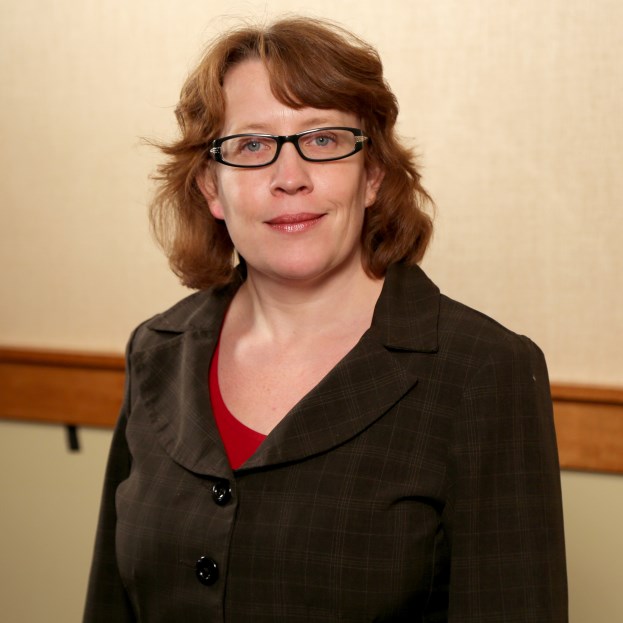
Virtual schools are excitingly diverse. In addition to the varied demographics and cultures found in traditional schools, online schools serve students who’ve fallen behind or are looking to get ahead, those who have health issues that won’t allow them to attend class in person, or those who simply want to take a class not offered in their home district.
In the 2018-19 academic year, the South Carolina Department of Education’s VirtualSC served 26,525 students throughout the state in a program providing a la carte courses that didn’t fit into school schedules or were not offered locally. We also had 3,276 students in our franchise program, which partners with districts to run local virtual programs to serve students in ways that our traditional program cannot—such as running courses on a different semester schedule or using our courses in their alternative schools or homebound programs. Both our traditional and franchise programs primarily serve high school students, and all but three of our courses are for high school credit.
We had approximately 72,000 elementary and middle school students in our Elementary Keyboarding program last year, as well. We provide online keyboarding instruction through TypeTastic free of charge for any South Carolina district that would like to offer it. Keyboarding is an important skill for students, particularly since our state moved to online standardized testing.
Coordinating our curriculum is certainly a challenge, but it’s manageable with the right educators and tools.
Also important for any virtual school program: considering student needs, maximizing engagement, and deciding on qualitative and quantitative measures of success.
1. Consider student needs
Most of our students are in public schools, and most take our courses as supplements. However, some are working at home; some are working in computer labs at school; and some are working in public lab spaces, such as libraries.
We have students working on our courses in many different contexts, so we try to ensure that our courses work for everyone. We use the Quality Matters K12 rubric as our benchmark for best practices in online course design, and have programwide accessibility guidelines based on WCAG 2.0. Through discussions with technical directors across the state, we avoid using resources, such as YouTube videos, that are commonly blocked for students in schools.
It is our teachers who make courses come alive by creating relationships with students, personalizing instruction, and making connections between course content and students’ lives.
2. Choose teachers, curriculum and tools to maximize engagement
Engaging students online may seem a bit more challenging than keeping the interest of students who are right in front of you, but a couple of ingredients make it easy.
The first is simple: teachers. What is unique about VirtualSC is that we divide curriculum and instruction. I lead the curriculum team, and my colleague, Catayah Clark, leads the instruction team. My team creates solid, engaging master courses, but the courses do not teach themselves. It is our teachers who make those courses come alive by creating relationships with students, personalizing instruction, and making connections between course content and students’ lives. Our teachers use many tools to make these connections, including text messaging, online meeting tools, email and others. There is no substitute for the personal touch that comes from a live teacher.
The other ingredient is a solid curriculum and course design. Several good design practices help with course engagement. We make sure that expectations are clear and that there are clear connections between the objectives, resources, activities and assessments within a course. That alignment is the foundation on which everything else rests.
Over the past few years, we have also been concentrating on improving automated feedback in our lessons and quizzes. One of our teachers who is excellent at writing feedback calls it “the teacher over your shoulder.”
Of course, tools also help. We have contracts with video companies and have our own in-house video production team to produce an ever-growing repository of videos. The sunset of Flash has been a real challenge, particularly in our science courses. To meet it, some of our instructional designers are starting to use design tools such as H5P and Adobe Creative Suite to make our in-house interactive learning objects. Many of our courses also include discussion forums in which students can share their work, exchange ideas or troubleshoot problems.
Read: What it takes to be a successful virtual teacher
3. Decide on qualitative and quantitative measures of success
Because of their size and diversity, some virtual programs require a variety of measures of success. Qualitatively, we seek feedback from all of our stakeholders to ensure that we are meeting the needs of students and schools in our state. Quantitatively, we track success by looking at the number of enrollments, course completion rates and grade distributions. We also look at the number of franchises (which has grown each year), and the number of students who participate in the Elementary Keyboarding program.
The exact data you gather might differ, but the key is asking the right questions and making sure that what you are measuring is going to give you the information you need to best serve your students.
Deirdre Edwards is the curriculum team leader for the South Carolina Department of Education’s VirtualSC. Edwards previously served as a middle school science teacher, adult educator, online science teacher and curriculum coordinator.







